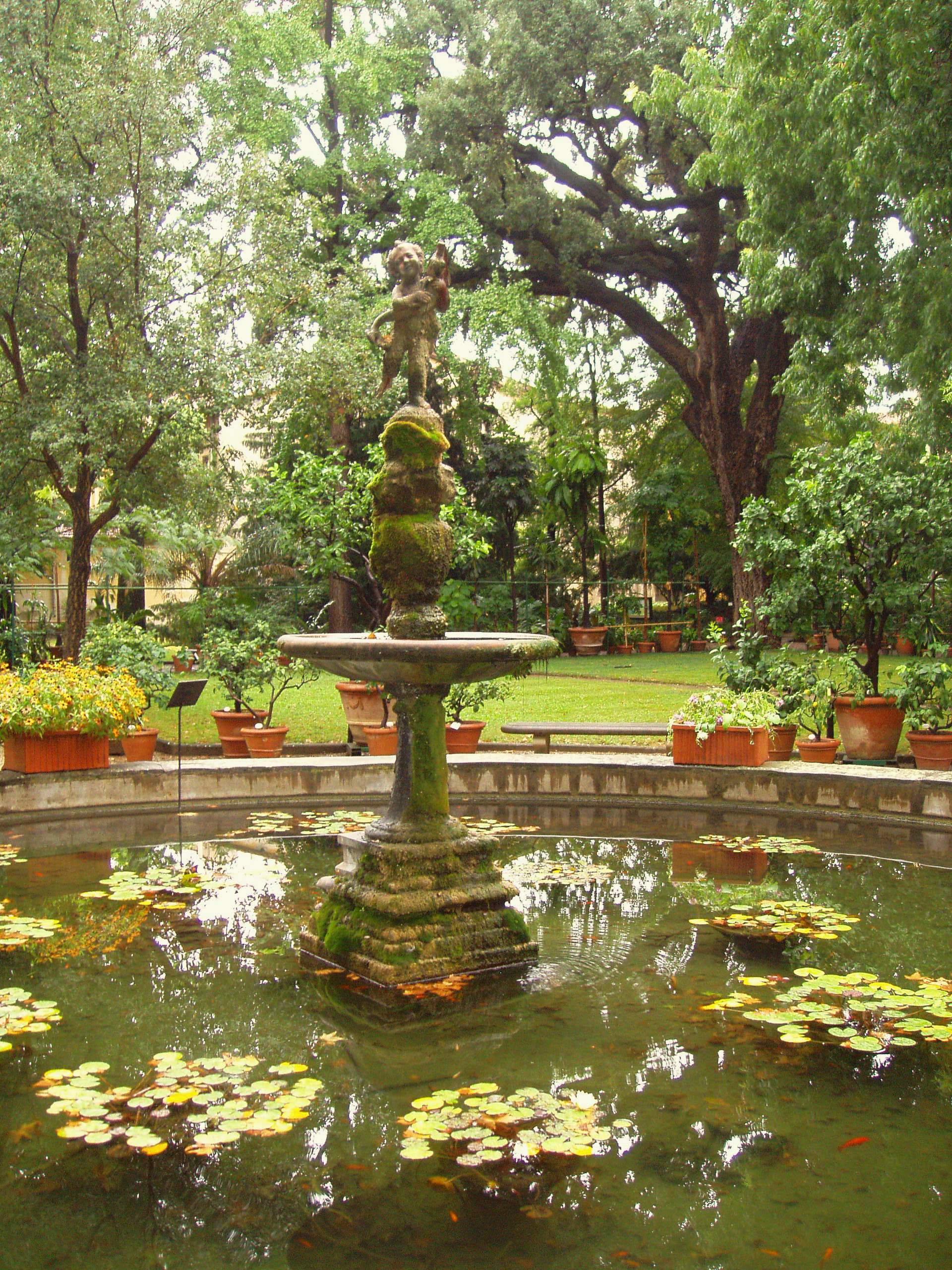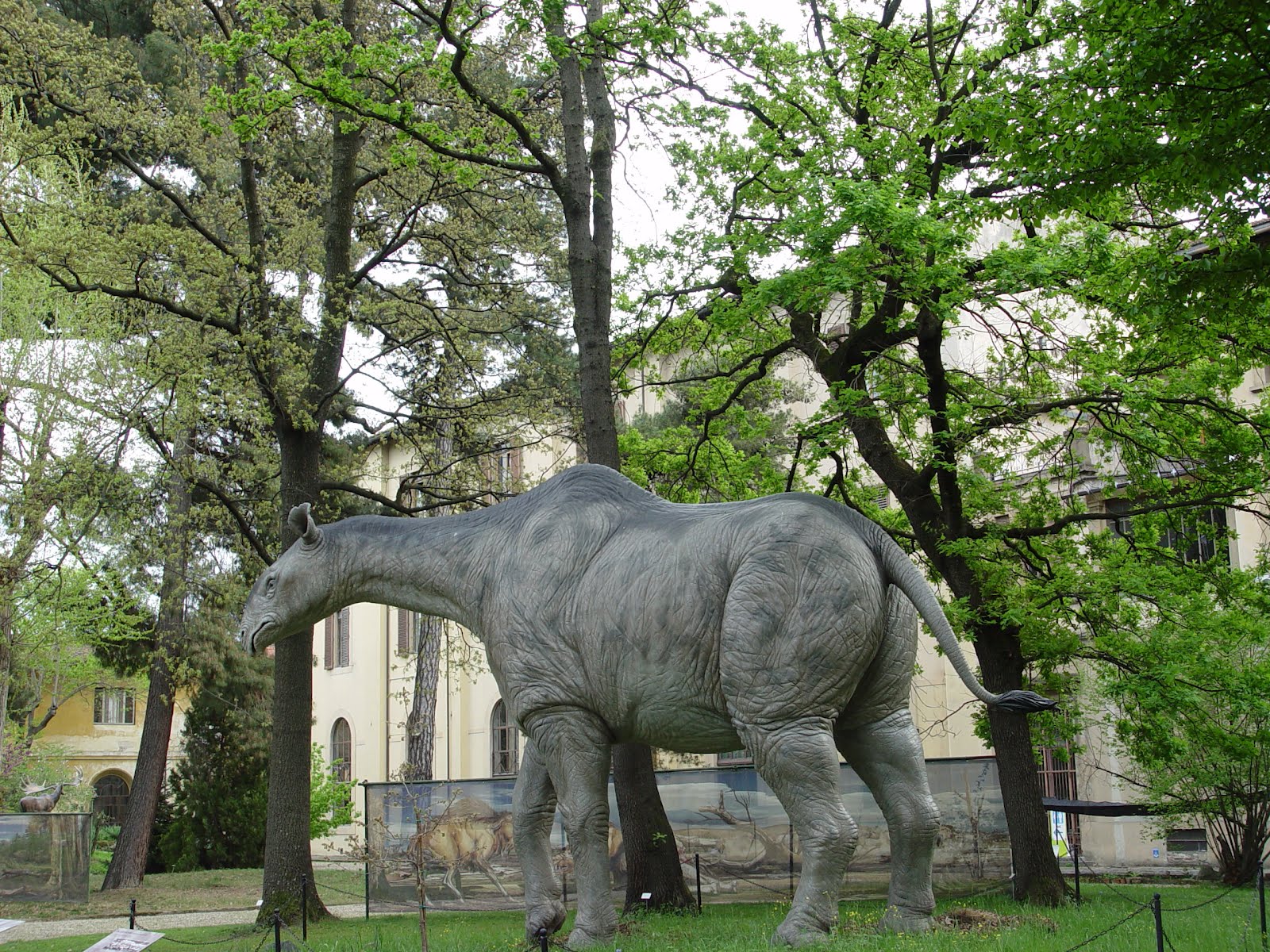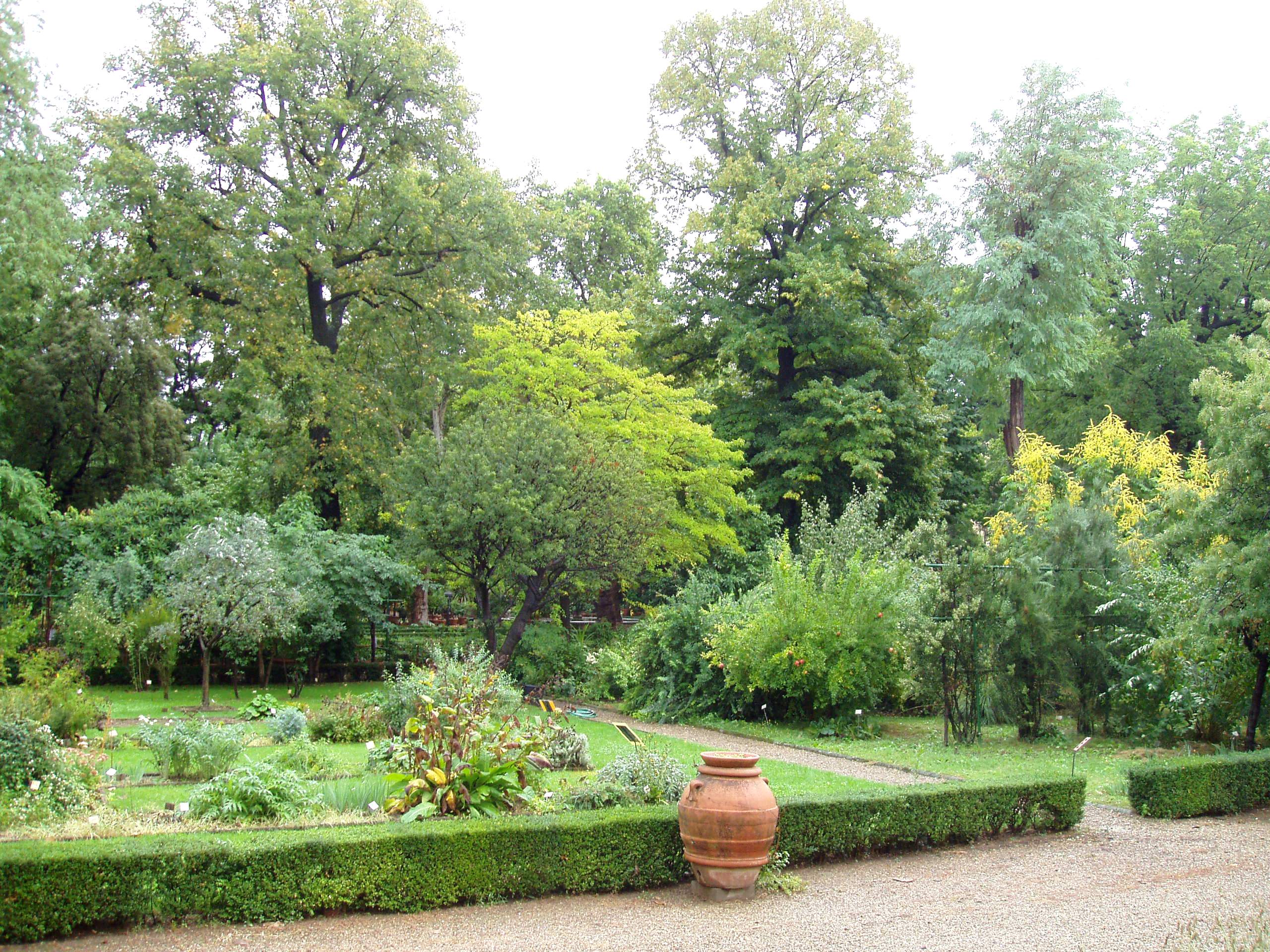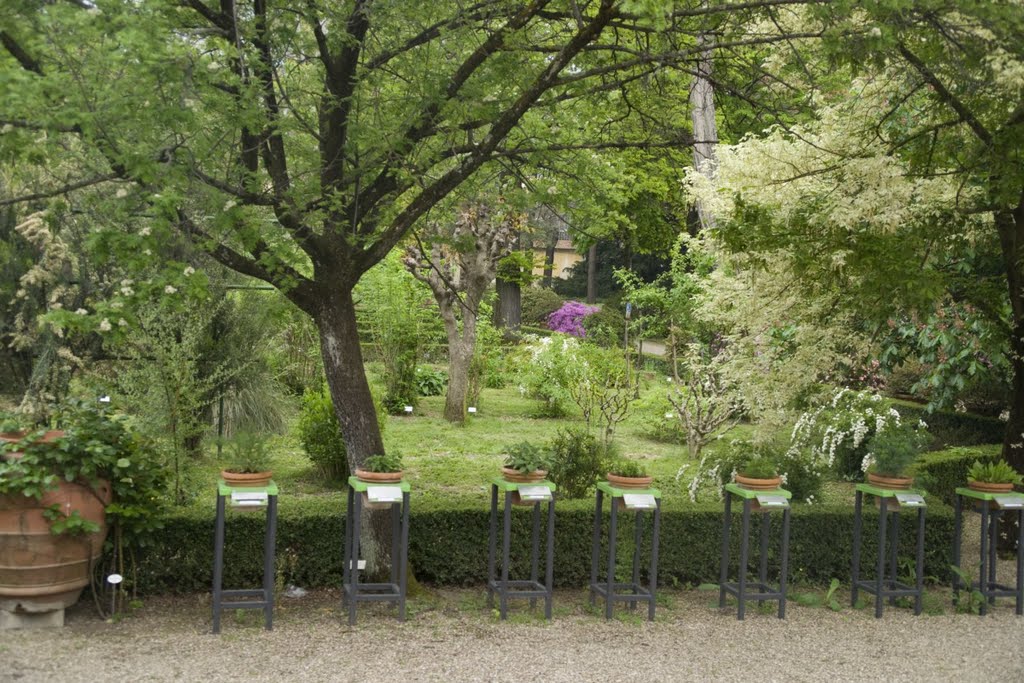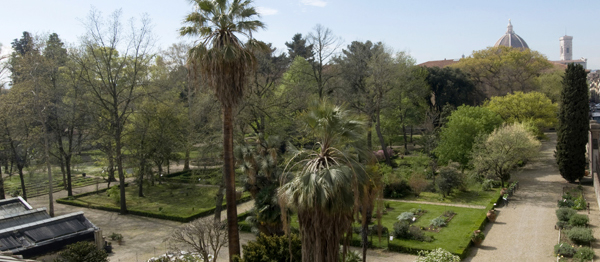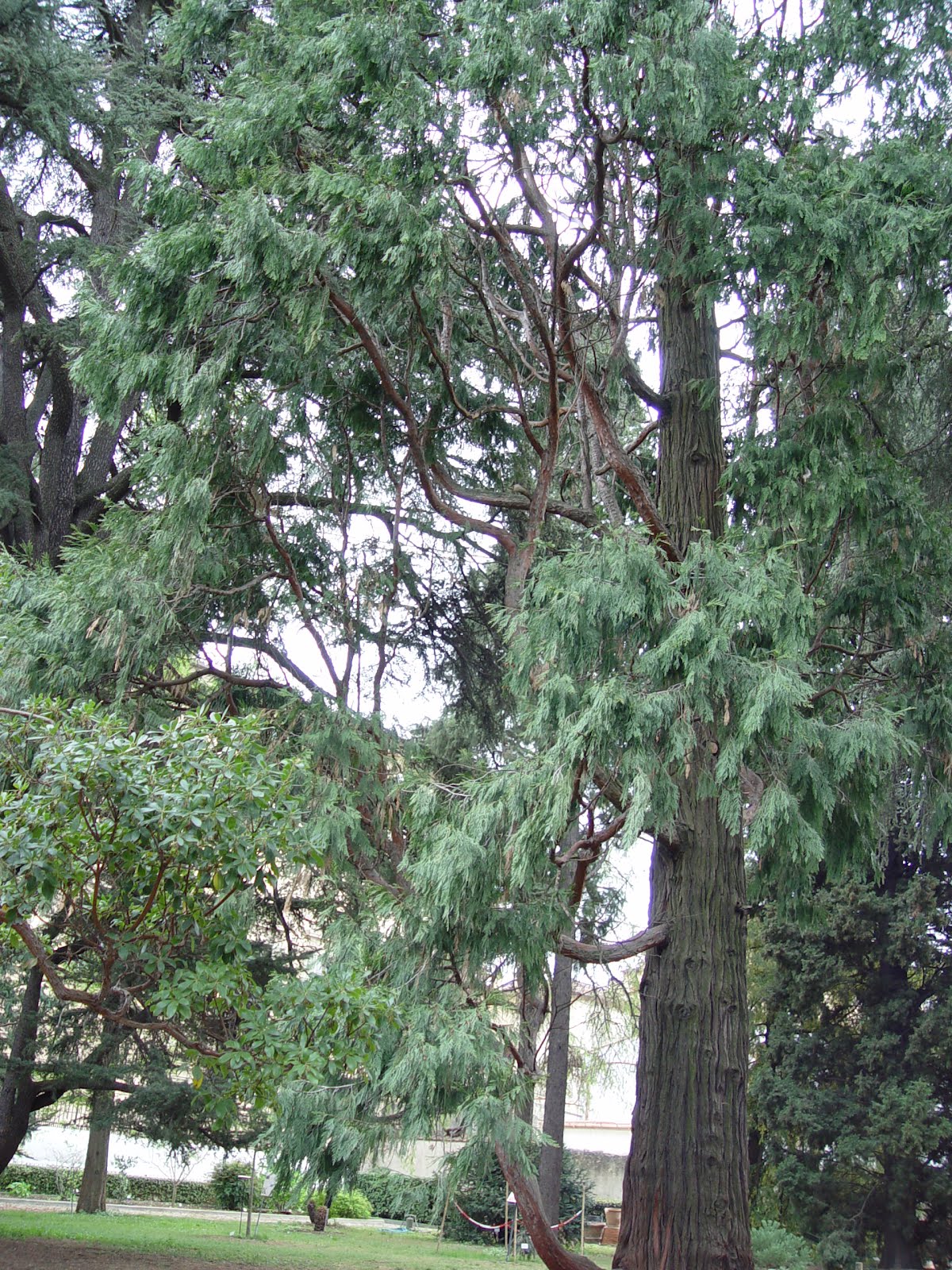
Florence Botanical Garden
This post is also available in:
 Italiano (Italian)
Italiano (Italian)
The Botanical Garden of Florence, known as “Giardino dei Semplici”, was built as a collection of officinal plants (the so-called “Semplici”) in 1545, and it is among the three oldest gardens in the world, along with that of Pisa and Padua.
The Garden spreads over an area of 5.6 acres, with a series of themed flower beds, tactile and olfactory-multisensory exhibition paths, large and small greenhouses, as well as 90 monumental trees.
The design of the flower beds recalls both the medieval Hortus conclusus dedicated to officinal and aromatic herbs and the secret garden of Renaissance villas. The greenhouses, located both in the garden and in the main building, are cold and warm facilities that house collections of ferns, epiphytic plants, begonias and bromeliads.
The greenhouses are packed with exotic plants such as Coffea arabica, the traveler’s tree – Ravenala madagascariensis, the Amorphophallus titanum, the Musa × paradisiaca banana, as well as many collections of orchids, carnivorous plants, cacti, cycads, and citrus fruits.
Outside the greenhouses, there are tropical and subtropical plants, medicinal and poisonous species, as well as the interesting collection of several ancient and modern roses.
Beyond the central fountain, which houses aquatic plants and is located in the centre of the garden, there are some pools that house both water lilies and other aquatic plants, as well as a pond bordered by Hedera helix ivy and full of Nelumbo nucifera sacred lotus plant. In the same area, a rock formation was specifically built to reproduce the very environment of the Apuan Alps and to host the endemic flora of such environment.
There are about 9.000 plant specimens in the garden. In the meadow of conifers, a Taxodium distichum and a Metasequoia glyptostroboides appear particularly interesting and most definitely worth a visit. Among the oldest plants, there is a Quercus suber cork oak planted in 1805 by the garden director Ottaviano Targioni Tozzetti, and never peeled. There is also a Taxus baccata planted in 1720, and a centuries-old Zelkova serrata.
Inside the garden, specific itineraries have been set up and themed on plant adaptation strategies, and their evolutionary path; there is also a sensory itinerary for visually impaired visitors, that goes across the warm greenhouse and reaches the aromatic species area.
In the warm greenhouse, there is a collection of carnivorous or insectivorous plants that are brought outdoors during the summer. It is made of about 40 species with different methods of feeding: the ascidia looking like pitchers of Nepenthes, the Dionaea beartrap that locks insects among its leaves, and sucking trap typical of the genus Utricola.
This post is also available in:
 Italiano (Italian)
Italiano (Italian)
Contatti
Via P.A. Micheli 3 - Firenze(FI)
055 2757402
ortbot@mail.unifi.it
Altre info
Intero 6 euro; ridotto 3 euro
Tutto l'anno
Diversi in base al periodo dell'anno (vedi note)
